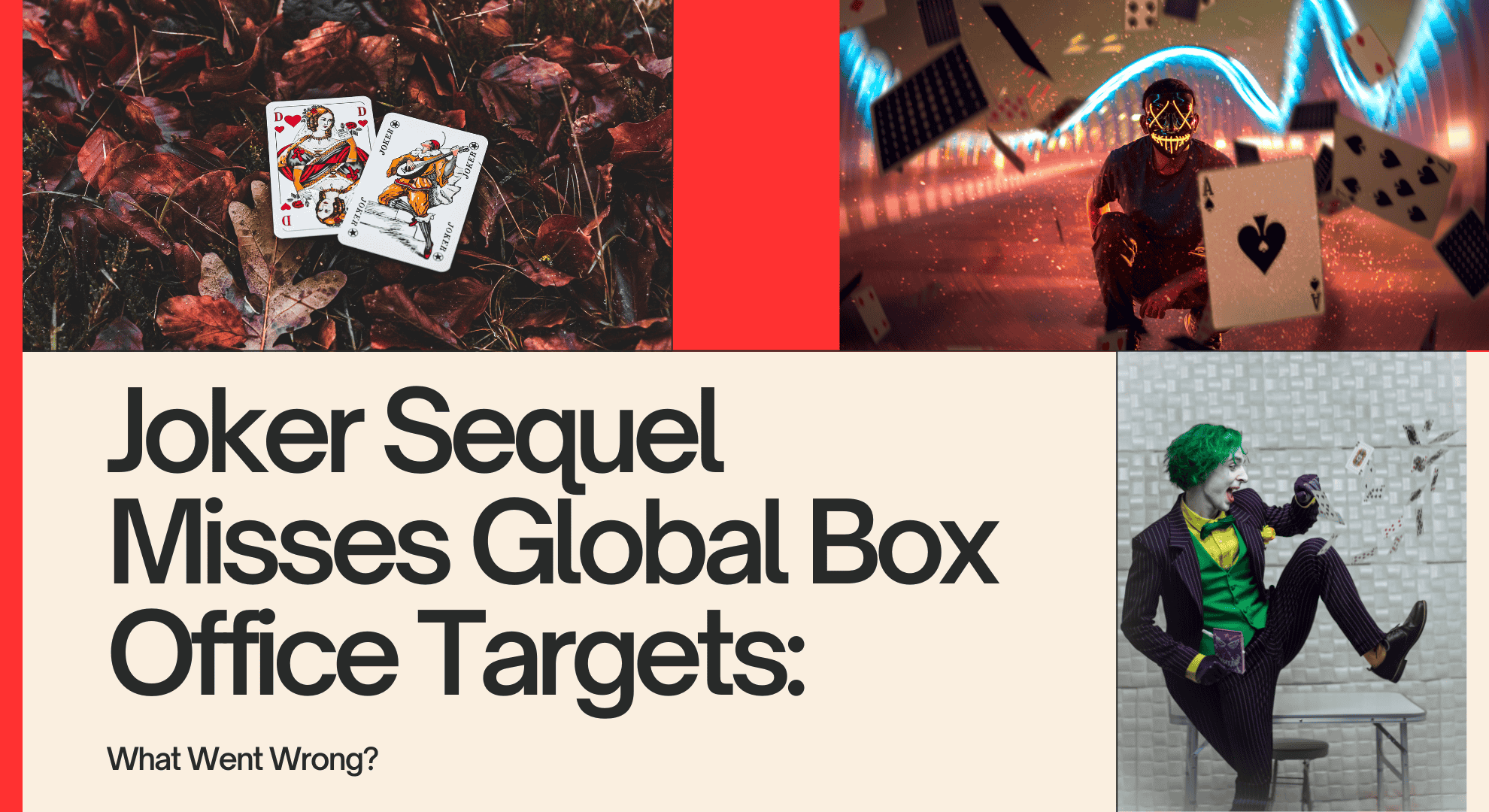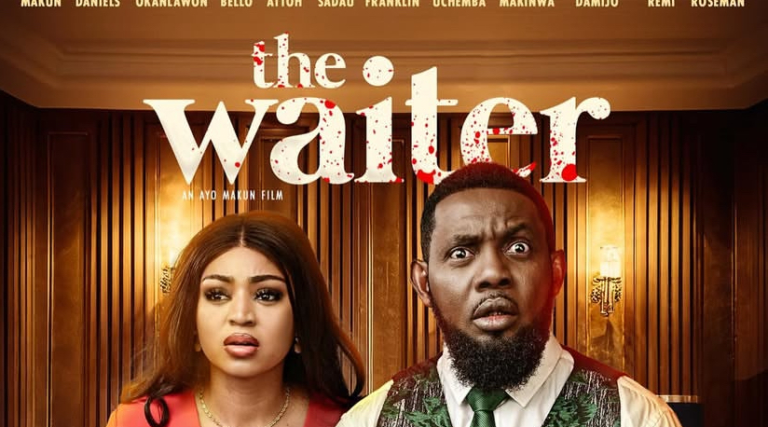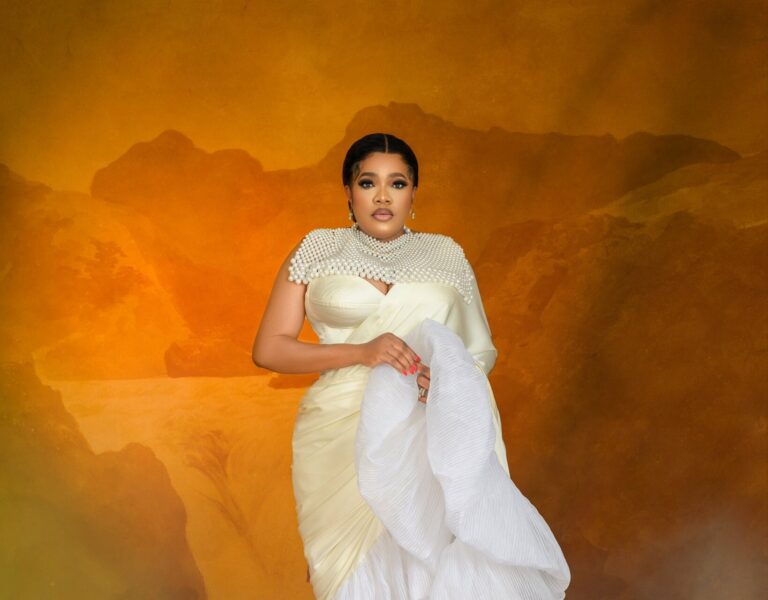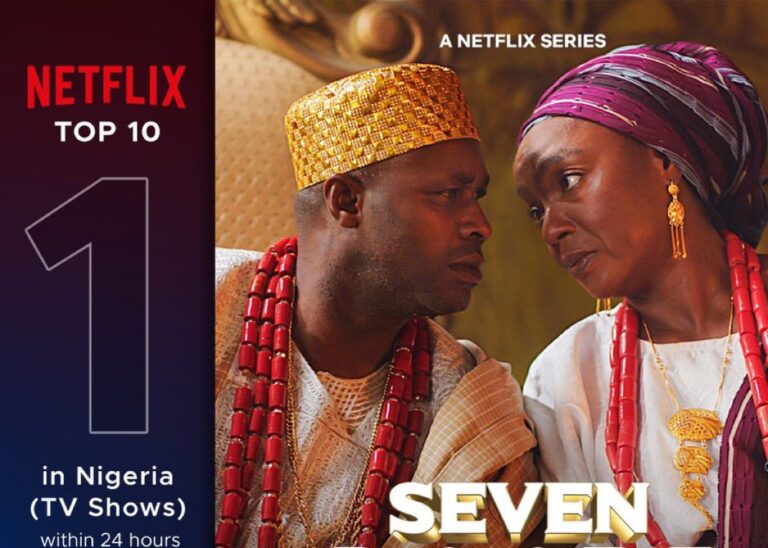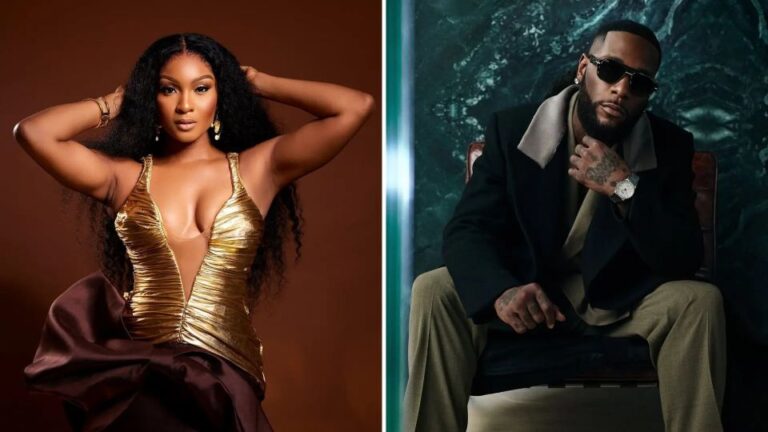Joker: Folie à Deux was supposed to be the big one. The sequel to the 2019 smash hit Joker had everything going for it—Joaquin Phoenix reprising his Oscar-winning role, the addition of Lady Gaga, a new twist as a musical, and an even bigger budget. But instead of raking in the cash, it stumbled out of the gate, struggling to match the original’s runaway success. Let’s dig into why Joker: Folie à Deux missed the mark at the box office, both in Nigeria and worldwide, and what lessons can be learned.
A Rocky Start: Box Office Performance
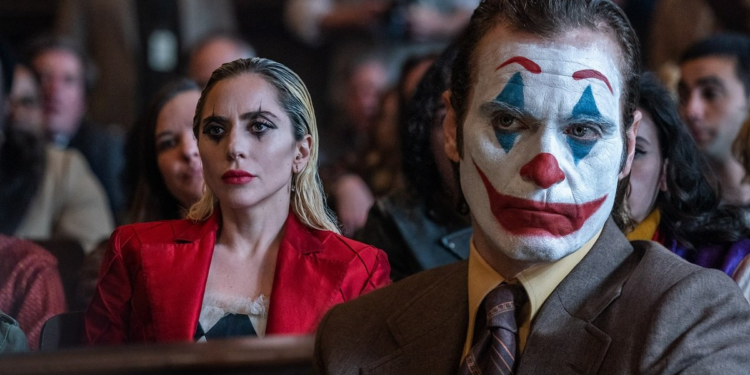
1. Global Box Office Struggles
When Joker: Folie à Deux hit theaters on October 4, 2024, expectations were sky-high. After all, its predecessor had set the bar by earning a whopping $96.2 million in its opening weekend. So, when the sequel managed only $20 million on its opening weekend across 4,102 locations in the U.S., it felt like the punchline to a joke no one found funny.
Industry experts had projected an opening weekend haul of $50-$65 million, but the film fell far short, leaving Warner Bros. scratching their heads and wondering what went wrong. For a movie with a massive budget of $200 million (we’ll get into why it was so high later), those numbers spelled trouble. The sequel’s performance dropped in the following weeks, indicating that audiences weren’t flocking to see it again or spreading the word to friends.
2. Performance in Nigeria
Now let’s talk Nigeria. After its local debut, Joker: Folie à Deux brought in a respectable N43.3 million at the box office. But just like its global performance, things quickly went south. The film earned N32 million in its first weekend, only to see that drop to N11.1 million by the following weekend. If you do the math, that’s almost a 66% decline. Not a good sign.
The initial buzz wasn’t enough to carry it, and the fading momentum suggests that the film just didn’t click with audiences the way the original did. It’s like everyone was expecting a thrilling encore but got an awkward cover song instead.
Why Did Joker: Folie à Deux Fall Short?
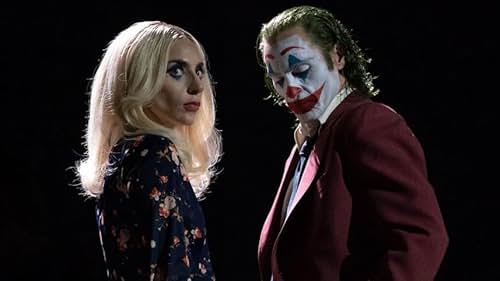
1. High Budget Expectations: A Gamble That Didn’t Pay Off
First, let’s talk money. When Warner Bros. greenlit Folie à Deux, they went all in, with a budget of $200 million. For comparison, the original Joker had a modest budget of $65 million, and it became one of the most profitable films of all time. So, what justified the extra cash this time around?
Here’s a breakdown:
- Higher Salaries: Joaquin Phoenix earned his pay bump after his standout performance, and adding Lady Gaga wasn’t cheap. Star power costs.
- Musical Elements: Yes, you read that right—musical. They leaned into the “musical” part of this dark, twisted story, which meant choreography, complex sets, and music production.
- Elaborate Production Design: More effects, more sets, more everything. The film’s visual aesthetic was even darker and more surreal, but that came with a hefty price tag.
The gamble didn’t pay off, though. Unlike the original, which thrived on a low-budget feel that matched its gritty tone, Folie à Deux struggled to justify its bloated budget.
2. Comparing the Sequel to the Original
The sequel was always going to have a hard time measuring up. The first Joker was a revelation—dark, gritty, and painfully real. It didn’t feel like a comic book movie, and that’s why it worked. People weren’t just watching a movie; they were witnessing a slow descent into madness.
With Folie à Deux, the filmmakers decided to switch things up, turning it into a twisted musical love story. Now, that’s a bold choice—credit where credit’s due. But it seems like it was also a risky one. The dark musical format was a hard sell, and audiences didn’t respond the way Warner Bros. had hoped. When people walk in expecting another gritty exploration of the human psyche and end up with a song and dance routine, you’re bound to lose a few along the way.
3. Cast and Talent Fees
Having Joaquin Phoenix back was a no-brainer, but adding Lady Gaga as Harley Quinn was a stroke of casting genius that came with a cost. The pair were joined by an impressive supporting cast, including Brendan Gleeson, Catherine Keener, and Harry Lawtey. But big names come with big paychecks, and those fees quickly added up.
Did the star-studded cast boost the film’s appeal? Sure, in theory. But in practice, it may have created more pressure for the film to deliver blockbuster numbers—numbers it didn’t reach.
4. Expanded Production Requirements
The original Joker was all about keeping things simple: limited sets, gritty realism, and a hauntingly intimate look at a man’s descent into madness. The sequel? Not so much. We’re talking elaborate visual effects, surreal set designs, and complex musical numbers. They went bigger, but did they go better? Not according to the box office figures.
The attempt to create a dark, surreal world that was also a musical might have looked great on paper, but it didn’t translate to ticket sales. Sometimes, less really is more.
Audience Reception: Mixed Feelings Everywhere
1. Critics vs. Audience Reaction
Critics had a lot to say, and not all of it was positive. Some praised the film for trying something new, applauding its ambition. Others weren’t so kind, taking shots at its pacing, tone, and overall cohesion. The musical elements, in particular, seemed to divide opinions. Here’s a summary of reactions:
- Pacing Issues: The movie struggled to find a rhythm, bouncing between musical numbers and dark drama.
- Tone Confusion: Is it a musical? A drama? A thriller? It tried to be all three, and that left some viewers scratching their heads.
- Mixed Reviews on Rotten Tomatoes and IMDb: Critics gave it a lukewarm 58% on Rotten Tomatoes, while audiences were slightly more generous with a 65%.
2. Reception in Nigeria
In Nigeria, the sequel didn’t fare much better. Despite a solid start, audiences quickly lost interest. It’s possible that cultural differences made the film’s musical elements less appealing, or maybe it was just too different from what fans of the original were expecting. Either way, it didn’t manage to hold onto that early buzz.
What Can Warner Bros. Do Next?
1. Shift to Digital and Streaming Revenues
Not all is lost. Warner Bros. is already looking to digital platforms as the next step, hoping that streaming will boost the film’s financial performance. With the movie set to hit streaming services soon, they’re banking on home entertainment to recoup some of those losses. After all, not everyone wants to see a dark musical in theaters, but they might give it a shot from the comfort of their couch.
2. Merchandising and Other Revenue Streams
There’s more than one way to make a buck in Hollywood. Warner Bros. can still leverage Joker’s enduring popularity through merchandise, spin-offs, and character tie-ins. Maybe a gritty, grounded take on Harley Quinn would fare better than a musical love story?
3. Lessons Learned
The biggest takeaway? Know your audience. Sometimes a bold, artistic choice works out, but other times it can backfire. By trying to turn Joker: Folie à Deux into something radically different, Warner Bros. might have alienated the very fans who made the first film such a success. Lesson learned.
Conclusion
Joker: Folie à Deux had the potential to be a massive hit, but a series of missteps, from an inflated budget to a divisive creative direction, saw it stumble at the box office. That said, it’s not over yet. The shift to digital and streaming, along with some smart marketing, might just help Warner Bros. recover. If nothing else, the film’s journey has provided plenty of lessons on the delicate balance between artistic ambition and audience expectations.
One thing’s for sure: no one is laughing all the way to the bank this time.

